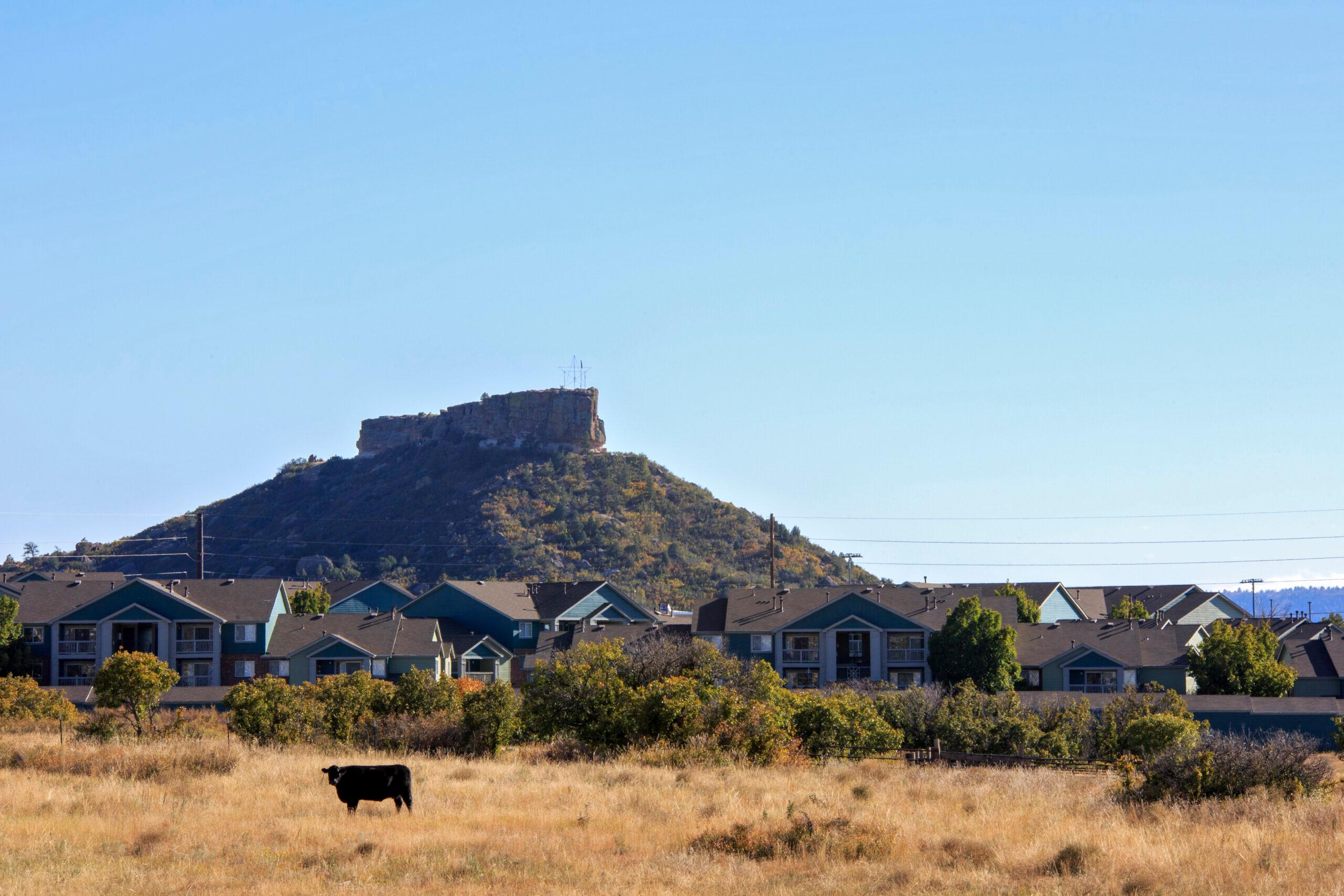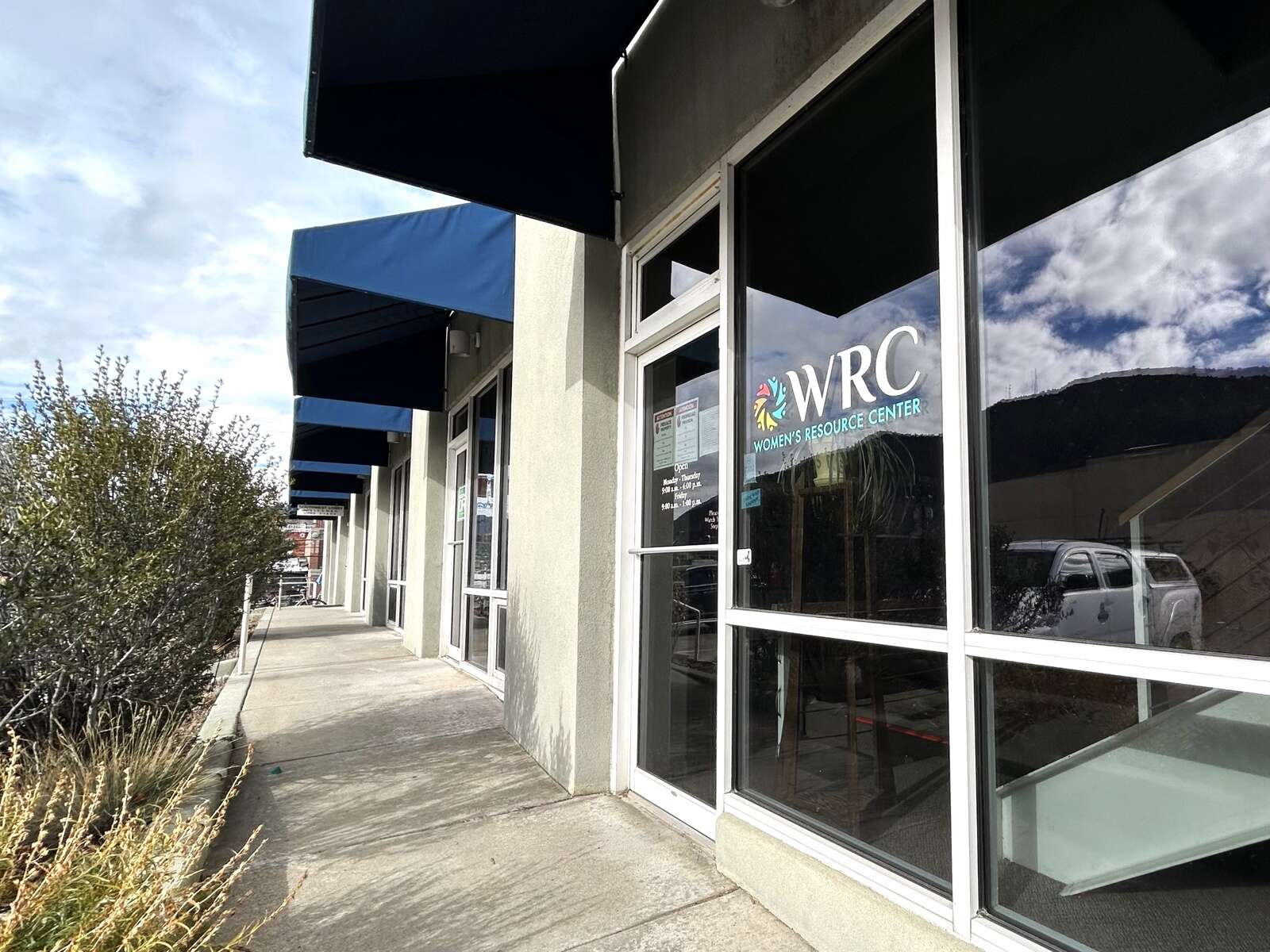
Coloradans received some truly eye-opening letters from their county governments this year.
In parts of Western Colorado, the taxable value of the average home is 55 percent higher than just a couple years ago. It was an 80 percent average increase for Pitkin County. On the Front Range, Douglas County homes have gained 40 percent in value.
Those were the outliers, but not by much. The average Colorado home gained 37 percent in value over just two years, according to preliminary data analyzed by CPR News.
That story is well-known by now, as countless headlines have warned that sharp increases in value will lead to much larger tax bills next year. It’s also turned into a major political fight through the ballot measure known as Prop. HH.
Still, there’s a bigger question that’s gotten lost in the shuffle: How much are tax bills actually going to increase, and where would all that money go?
The short answer is — it all depends on where you live. But here’s what we’ve learned about the bigger picture:
Where are property values rising the fastest?
CPR News analyzed property valuation data for every county in the state. Based on that information, we built a database of where values were rising fastest. The following table reflects the overall change in value for the average parcel with a single family home on it.
Values can rise due to a number of factors, such as improvements made by a homeowner, but the biggest driver is just the market itself.
Let’s take Garfield County, where the average home’s value is now 45 percent higher, an increase of more than $200,000 per home. In the county’s largest city, Glenwood Springs, that could mean an extra $1,400 in property taxes for a homeowner next year — if nothing else changes.
Where do my property taxes go?
Property taxes can vary widely from county to county, or even from block to block.
That’s because each property pays taxes toward a variety of different districts — some large, some small. Besides your local governments and schools, you also might be paying property taxes to an arts district, a parks district, a fire protection district and more. Each one of those districts sets its own property tax rate, which adds up to your total mill levy.
ln general, schools are the largest recipients of property taxes, sometimes accounting for more than half of tax bills.
Can local governments lower property taxes?
Yes. A recent law guarantees that many local taxing districts can temporarily lower their property tax rates. But, again, property tax rates don’t have to stay the same.
For example, Garfield County leaders plan to reduce the county’s property tax rate so that, instead of seeing a huge 40 percemt spike in tax revenue, the new money coming in will more closely match the rate of general inflation.
However, such a change would only apply to county government’s share of taxes — and not the taxes assessed by the 43 other taxing entities scattered around Garfield County. The commissioners are asking leaders of the other districts to lower their mill levies too. In general, districts can temporarily lower their mill levies to soften a spike, and then raise them back up later as values stabilize — all without getting voter approval.
If you’re hoping to lobby for a tax break, start by looking up the major taxing districts on your tax bill. They’ll be setting mill levies for next year over the next couple months.
One caveat: School districts are not allowed to lower their base property tax rate, which is set by the state. However, if their voters have previously approved what’s known as a “mill levy override” — essentially a higher tax rate to boost local school funding — school districts can temporarily lower that part of their taxes.
How much would Prop. HH save me?
Prop. HH is a proposal put on the ballot by top Democrats that would lower property tax rates on a statewide basis. (It would also reduce future TABOR refunds.)
If it passes, a typical home will get a discount of a few hundred dollars, compared to the status quo, and you can get estimates about the impact for your own home through a tool prepared by nonpartisan state staffers.
Supporters have said that it should generally cut the rise in property tax bills by about half. But that will depend heavily on where you live, the value of your home and how local governments respond to certain voluntary parts of the law.
In fast-growing parts of the state, even if Prop. HH passes, many homeowners will still see a double-digit percentage leap in their tax bills. In rural areas with low growth, and especially for lower-priced homes, Prop. HH could keep you much closer to your old tax bill.
Learn more through our ballot guide.
Are there any automatic limits on property taxes?
Depends on where you are.
Some local governments have baked-in limits that kick in when property values rise too fast. That includes more than half of Colorado’s 64 county governments, according to an analysis by CPR News.
About 28 county governments are subject to the “5.5 percent limit,” which says that's the max property taxes can increase each go round. Long story short, those county governments will be forced to lower property tax rates or refund money.
The 5.5 percent limit also applies to some of the thousands of other taxing districts. Those entities also might be subject to TABOR, which sets limits on revenue increases based on inflation and population growth and can force local governments to pay refunds if they collect too much.
But in many local districts, the voters have already agreed to waive both those limits. (The state keeps a comprehensive list of districts subject to the 5.5 percent limit, but there is no such list for TABOR limits.)
Would Gallagher have stopped all this?
This is one of the biggest valuation spikes Colorado has seen. But if it had happened just a few years ago, it would have had dramatically different results.
Until recently, the state’s Gallagher Amendment put controversial and complicated controls on property taxes. It was repealed in 2020 — an effort that had bipartisan support because of Gallagher’s unintended consequences.
If Gallagher were still on the books, it would have forced the state to lower residential tax rates, something that happened many times over the nearly 40 years it was in effect. But that continuous lowering of rates had been harmful to rural governments, in particular, which sometimes saw their budgets shrink because they didn’t have a lot of new development or valuation increases to counterbalance the lower rates.
The effort to repeal Gallagher was backed by political leaders of all stripes, but Republicans today criticize the Polis administration for failing to introduce a replacement law to limit tax hikes.
Democrats contend that Prop. HH is their solution. The measure offers reduced property tax rates, cutting property taxes by billions of dollars compared to the status quo. But it also will reduce potential TABOR refunds by an amount that could range into the billions of dollars too.
The reappropriated surplus money would mostly go to schools, ensuring that their budgets remain neutral — or possibly even grow — despite the reduced property tax rates. A smaller amount will go to local governments, partially making up for the reduced tax rates.
Conservative groups are offering their answer to climbing property taxes on the ballot in 2024 — they’re running a ballot measure that would restrict statewide property tax revenues from growing more than 4 percent from year to year.









